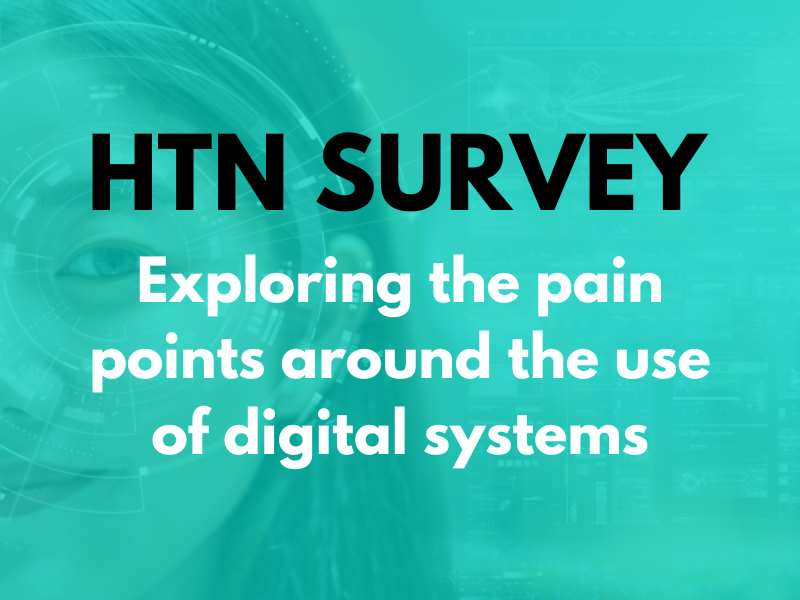NHS England has published guidance around the implementation of single point of access (SPoA) functions, designed to simplify access to services by supporting onward referrals and winter resilience; as part of the guidance, NHSE highlights requirements for digital and data as well as how digital tools can be used to improve SPoAs.
The foundation components for SPoAs are listed in the guidance, including system integration and technology capable of ensuring timely transfer of patients from ambulance stack into receiving services. NHSE highlights requirements for organisations to have visibility of patients waiting for ambulance dispatch as well as visibility over waiting lists and real-time capacity; access to shared records; the ability to transfer cases between multi-disciplinary team members; and the ability to book directly into key services.
“Technological limitations should not be a barrier to practical solutions,” NHSE states, “for example sharing of information among those working in the MDT.”
Technical development areas include securing visibility and full record sharing of appropriate patient details for the enablement of proactive case management and referral. NHSE suggests that this can be achieved by developing a portal or platform that all partners can access to enable review of eligible ambulance cases before transfer; and by having real-time visibility of capacity and demand in services sending and receiving referrals.
Another improvement activity could involve reviewing demand and capacity data for acceptance and referral rates of services, and taking action as required to deliver improvements; and “using system knowledge and learning cycle outputs” to inform future transformation.
NHSE goes on to share further resources to support SPoA implementation, including an example data collection template and case studies of SPoAs implemented in practice, such as an example from Greater Manchester with “high levels of system digital interoperability”.
Click here to read the guidance in full and to access the resources.
Also from NHS England
Last week HTN highlighted a procurement notice from NHSE indicating plans to extend the existing digital purchasing system to support in digitising Lloyd George records in GP practices, with “suitably experienced and qualified suppliers” invited to join the DPS until August 2026.
Additionally, last week we looked into the virtual wards operational framework published by NHSE, designed to help support consistency and the achievement of goals around maintaining a virtual ward capacity of over 80 percent.
August also saw us report on a letter from NHSE to accountable emergency officers for trusts and integrated care boards outlining the emergency preparedness, resilience and response exercise programme for 2024 to 2030; and covering a prior information notice signalling the beginning of market engagement on an EPR system aiming to capture health data and records across the health and justice area, worth an estimated £18 million. Additionally,
In July, we highlighted a pre-procurement notice from NHSE for a digital weight management programme worth around £23 million; we explored clinical guidance for automation and functionality of patient portals; and we examined the NHSE July board meeting, including insight into data around waiting lists, cancer care, mental health and more.





